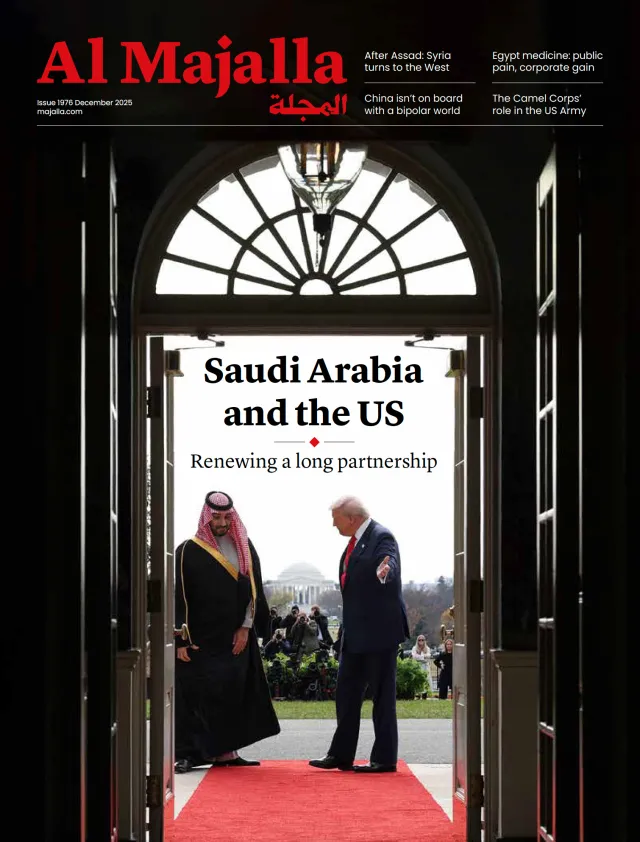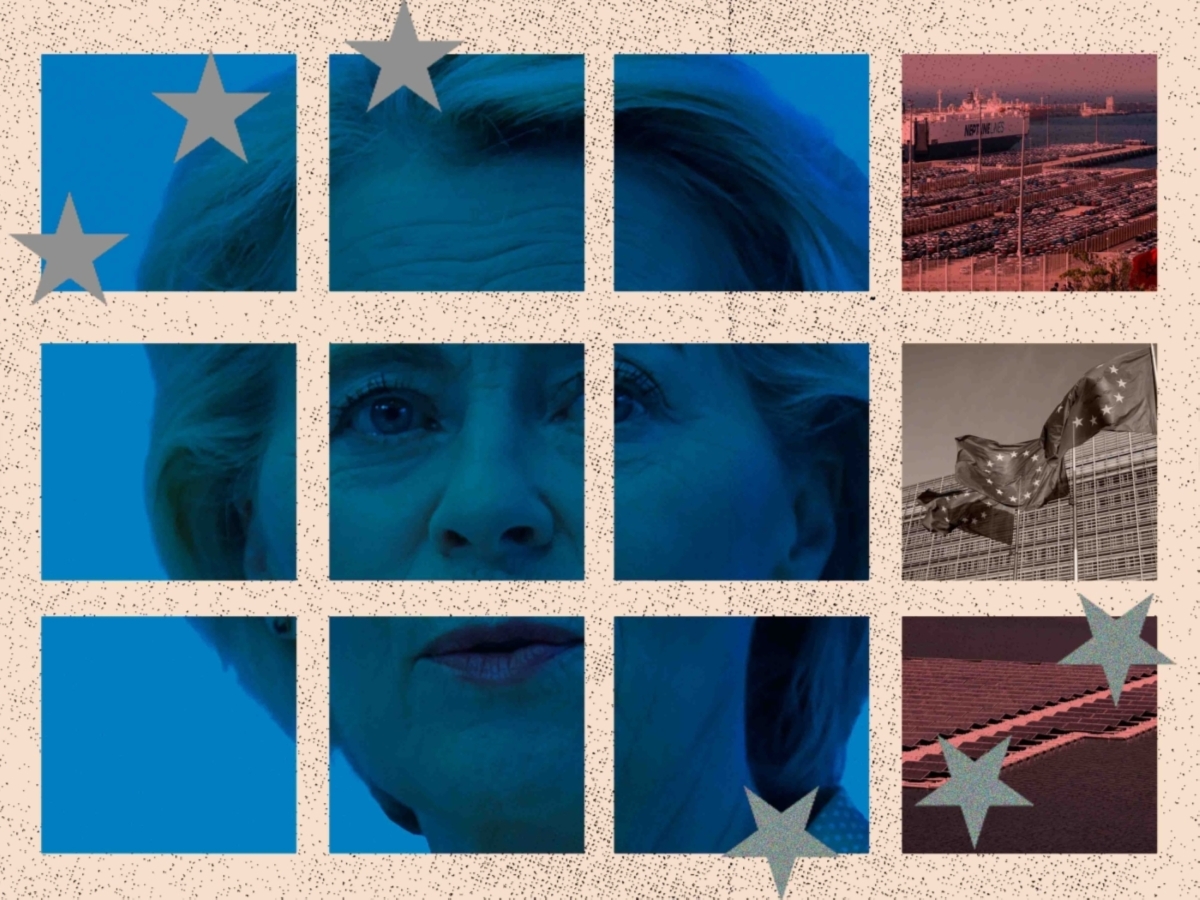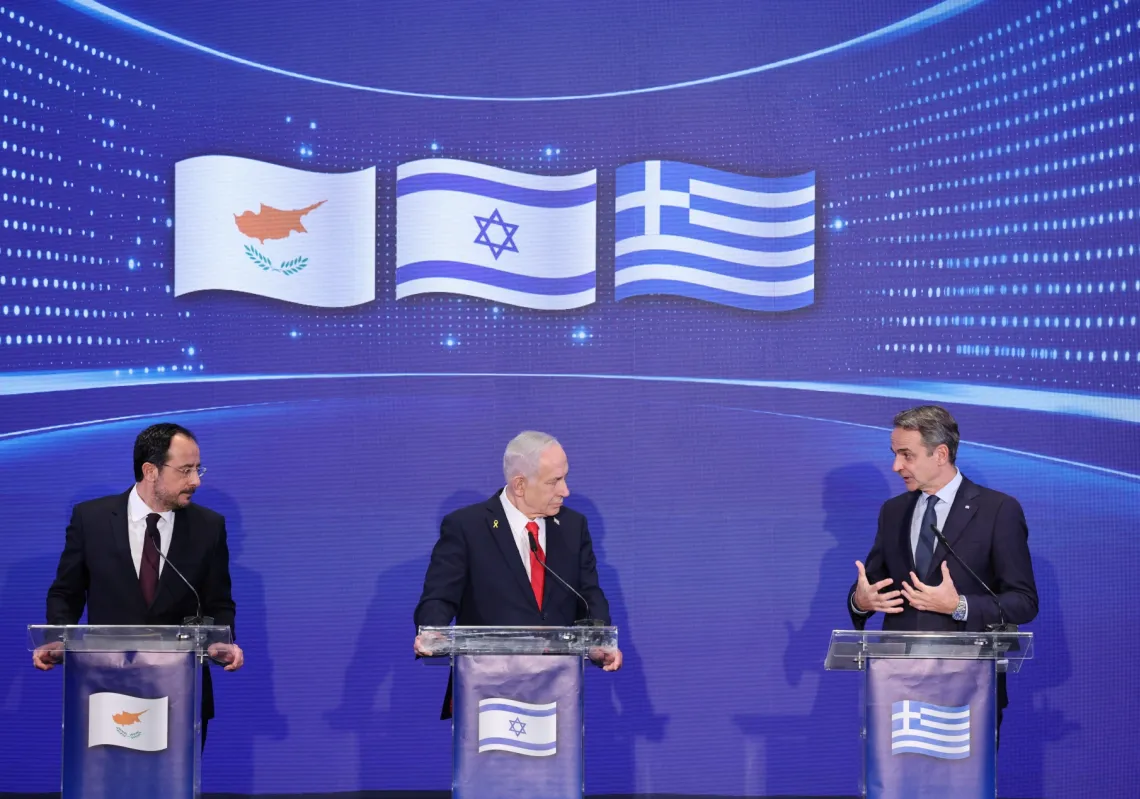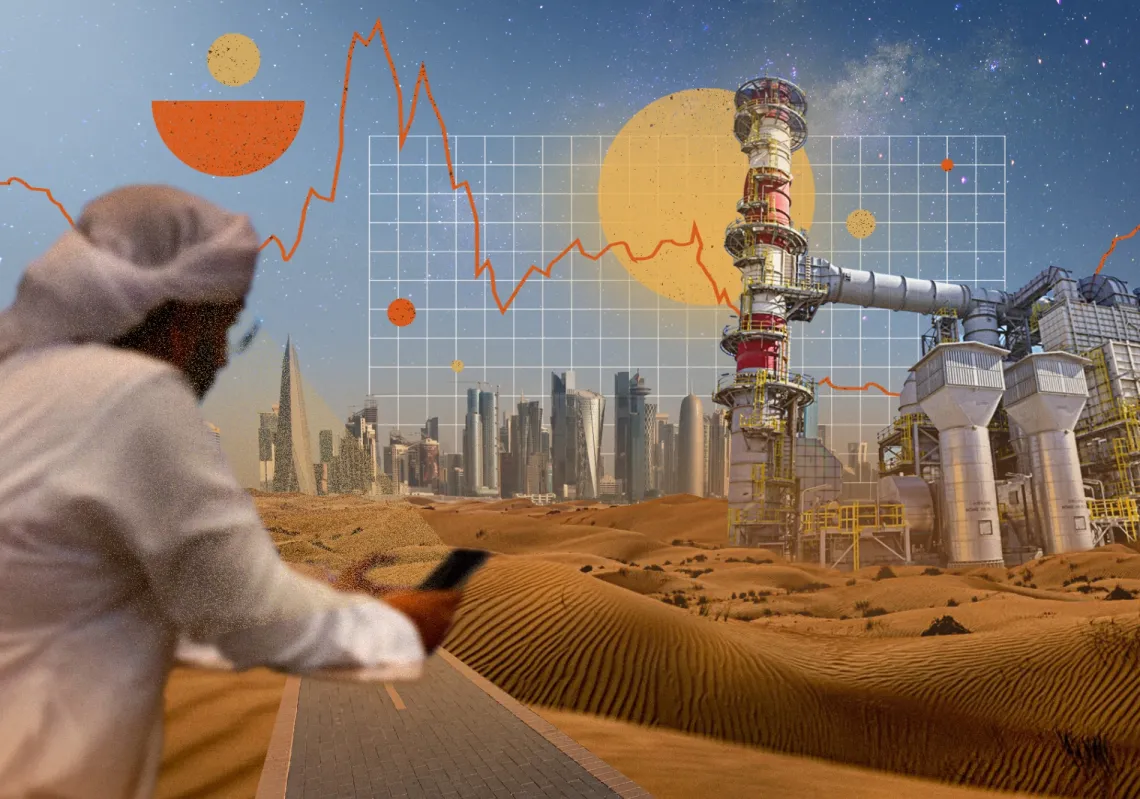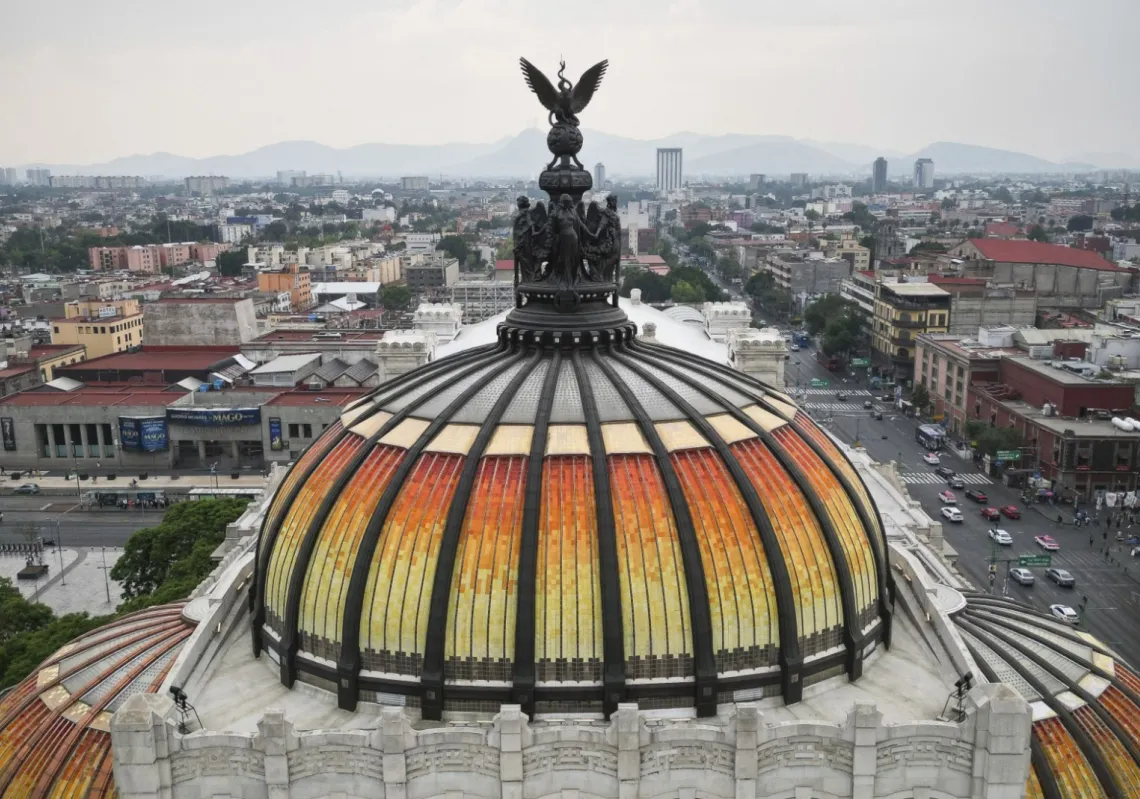The ancient Romans called the Mediterranean Sea ‘Mare Nostrum’, meaning ‘Our Sea’, because the Roman empire had territorial control over the entire body of water, across both north and south shores. The idea of economic integration between the two shores is therefore far from new, but there is now renewed interest in the idea of a ‘Union for the Mediterranean,’ first proposed in Barcelona in 1995.
In the years after the Soviet bloc collapsed, there was increasing globalisation and the opening of markets, with diversified production and supply chains, the creation of the World Trade Organisation, the launch of the Arab-Israeli peace process, and discussions of an “economic peace”. It was an era of optimism, of free trade, and of dissolving borders.
In the years that followed, however, the mood changed. Peace did not arrive in the Middle East, the European Union’s focus shifted towards integrating Eastern Europe, and the ‘Arab Spring’ revolutions in 2009-10 all put the Med’s economic integration plans on the back burner.
A World Bank study estimated that the lack of a durable peace between Israel and Palestine in 1991 was a “loss equivalent to 35 years of economic development in the region”. It is also estimated that, without conflict, GDP per capita in the Middle East and North Africa would have been about 45% higher.
Europe’s pivot
Having long aligned with Israel, several big European countries have now signalled that they favour a two-state solution (some most recently, at the UN General Assembly in New York). To some in the Arab world, this change of heart may lead to a new regional economic system centred around the Mediterranean—a cradle of civilisations and hub of trade and culture.
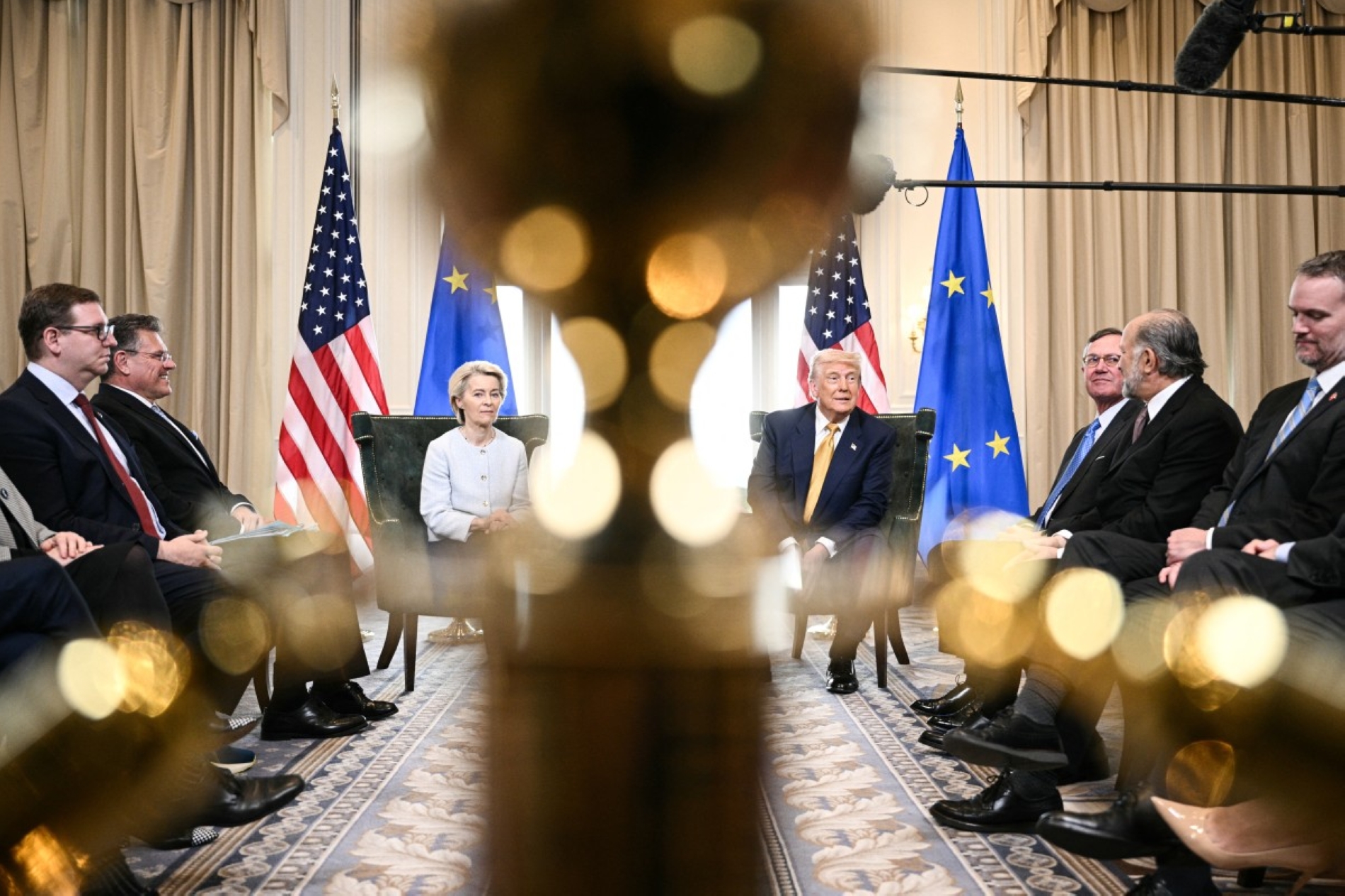
US President Donald Trump’s tariffs on European exports to America and the reciprocal tariffs levied by Brussels on US imports are expected to lead to billions of dollars of lost transatlantic trade, even after a trade agreement between the two was struck in Scotland in July. A report by Allianz Trade, a credit insurance group, estimates that 45% of exporting companies worldwide are exposed to declining export revenues and shrinking profits.
European states feel they have lost out as a result of Trump’s tariffs, but this is not the only cause for concern, given the warming relations between China, India, and Russia, and given Trump’s apparent willingness to cut ties with Washington’s traditional allies.
Alongside this, an aggressive Russia has highlighted the costs of defending the continent, but few in the EU are flush with cash. At least six European governments face worsening public debt. The EU expects growth of only 1.1% in 2025, while US rating agency Fitch has downgraded France’s credit rating.
Tracing the outlines
At the end of August, reports emerged that some EU states sought to deepen trade ties with countries around the Mediterranean through a new regional charter, which would build upon the principles of the 1995 Euro-Mediterranean Partnership agreements in Barcelona and the goals of the ‘Union for the Mediterranean’. This would involve the gradual removal of tariffs, aligning with EU single-market rules, and removing trade barriers to allow for two-way market access.
The southern states involved in this European trade initiative are Morocco, Algeria, Tunisia, Egypt, Libya, Jordan, Lebanon, Palestine, Syria, and Israel. According to a European Commission document, informal consultations aim to integrate the views of near neighbours, including the Gulf Cooperation Council (GCC) and Türkiye. EU-GCC trade topped $205bn in 2022 but slipped to $190bn in 2024.

